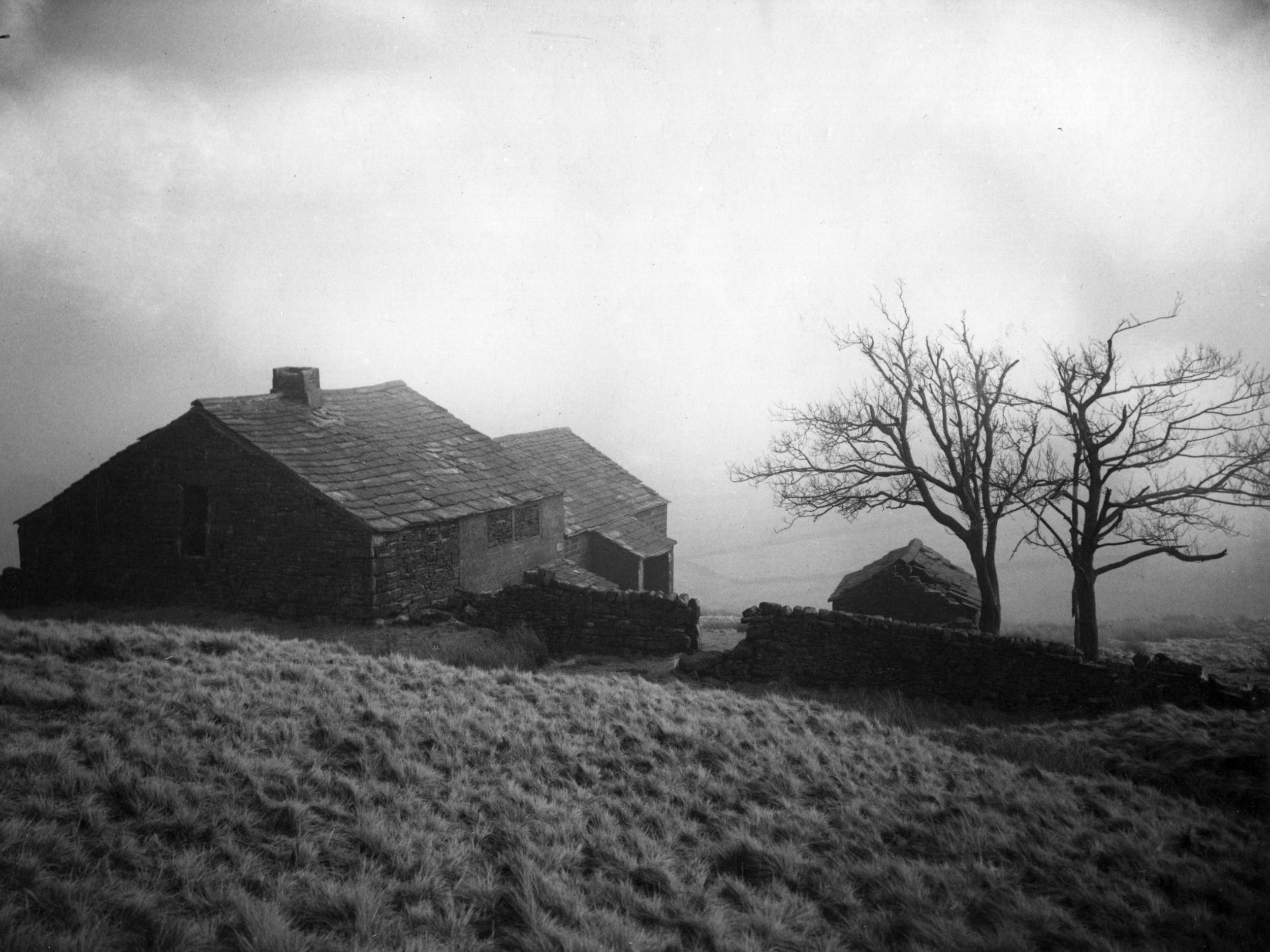Emily Bronte at 200: How Kate Bush brought the author's Gothic romance Wuthering Heights to life
Pop star inspired by 1967 BBC adaptation of Victorian novel and discovery she shared a birthday with mysterious writer
Emily Bronte, the Yorkshire curate’s daughter who wrote Wuthering Heights, would have celebrated her 200th birthday on 30 July.
Like her elder sister Charlotte, the young author defied her closeted origins in the village of Thornton in the West Riding of Yorkshire to write the extraordinary Gothic romance about passionate love defying all adversity, even death.
The tale of Catherine Earnshaw and Heathcliff and their tormented union remains a mainstay of the National Curriculum’s English syllabus in England, Wales and Northern Ireland.
Adapted for the big screen, William Wyler’s 1939 production for United Artists starred an up-and-coming Laurence Olivier as Heathcliff and Merle Oberon as Cathy.
More recent interpretations have included a 1992 feature starring Ralph Fiennes and Juliet Binoche. Andrea Arnold’s gritty 2011 take on the book cast mixed-race actors Solomon Glave and James Howson as the child and adult Heathcliff, posing an interesting question about the character’s origin as an orphan of the Liverpool docks.
Last year, Michael Stewart’s novel Ill Will meanwhile speculated on the rogue’s activities during his temporary disappearance midway through the book. But one of the most famous works based on the novel is Kate Bush’s hit song “Wuthering Heights”.
Inspired by Hugh Leonard’s 1967 TV dramatisation for the BBC starring Ian MacShane and Angela Scoular, of which she caught the final 10 minutes, the teenager went on to read the book. She also discovered that she shared a birthday with the writer – Kate will turn 60 this year – and was moved by the uncanny connection.
Ten years later, she was inspired to write the song – sung in the first-person as Cathy calling to Heathcliff from beyond the grave.
Just 18 at the time, Bush had already written more than 100 songs, an output that attracted the attention of Pink Floyd’s Dave Gilmour, who recommended her to the band’s label EMI. It swiftly signed her.
Enjoy unlimited access to 100 million ad-free songs and podcasts with Amazon Music
Sign up now for a 30-day free trial. Terms apply.
ADVERTISEMENT. If you sign up to this service we will earn commission. This revenue helps to fund journalism across The Independent.
Enjoy unlimited access to 100 million ad-free songs and podcasts with Amazon Music
Sign up now for a 30-day free trial. Terms apply.
ADVERTISEMENT. If you sign up to this service we will earn commission. This revenue helps to fund journalism across The Independent.
The song became the debut single from her first album, The Kick Inside, becoming a smash hit and spending three weeks at number one. It was the first track in British chart history to take top spot that was both written and performed by a woman.
Released at the height of the British punk era, “Wuthering Heights” was feminine, ethereal and quite unlike anything else.

While this may have invited scorn, John Lydon, The Sex Pistols’ frontman Johnny Rotten, is one of her most devoted fans.
“Kate Bush and her piano? Well that’s like John Wayne and his saddle,” he told the BBC’s Queens of Pop in 2009. “Those shrieks and warbles are beauty beyond belief to me. She supplies me with all the clues and it’s up to me to put the answers together – well that’s the Quran of music – and that’s surely what we’re looking for. No easy answers or anything.”
The twin music videos for the song are almost as beloved as the work itself. Bush’s balletic interpretive dancing – emerging from a fog of dry ice in a dark studio in one and among the “wild and windy moors” in a billowing red gown in another – was choreographed by the mime artist Lindsay Kemp, who also worked with David Bowie to improve his stage performances.

Bush of course continued to push the envelope over the course of a long and inventive pop career, making a triumphant return to the limelight in 2005 with Aerial after a 12-year hiatus to raise her son Bertie.
Numerous female pop stars from Bjork to St Vincent have cited her as an influence. Choosing a book as the basis for a song has rarely been attempted, but several artists have tried, including Woody Guthrie whose ballad “Tom Joad” was named after the protagonist of John Steinbeck’s The Grapes of Wrath.
“Venus in Furs” by The Velvet Underground, is based on a novella by the Austrian author Leopold von Sacher-Masoch and David Bowie‘s “1984” was inspired by George Orwell’s novel of the same name. Similarly, “White Rabbit” by Jefferson Airplane, “Sympathy for the Devil” by The Rolling Stones and “Red Right Hand” by Nick Cave and the Bad Seeds allude to works by Lewis Carroll, Mikhail Bulgakov and John Milton respectively.
None, though, are so closely identified with their set text as Bush is with Wuthering Heights. Speaking at the unveiling of a series of memorial stones to the Brontes in their hometown of Haworth in April 2018, Bush described the book as “an extraordinary work of art that has truly left its mark”.
Join our commenting forum
Join thought-provoking conversations, follow other Independent readers and see their replies
Comments